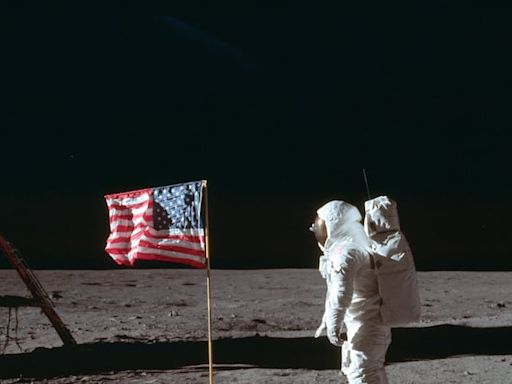Search results
In geophysical terms the Moon is a planetary-mass object or satellite planet.
Earth's Moon is the brightest and largest object in our night sky. The Moon makes Earth a more livable planet by moderating our home planet's wobble on its axis, leading to a relatively stable climate. It also causes tides, creating a rhythm that has guided humans for thousands of years.
Explore the moon's surface with Google Moon's interactive maps and detailed imagery.
People also ask
How big is the Moon compared to Earth?
Why is the moon called the Moon?
Why is the moon so important?
What does a Moon orbit?
Jun 27, 2024 · Moon, Earth’s sole natural satellite and nearest celestial body. Known since prehistoric times, it is the brightest object in the sky after the Sun. Its name in English, like that of Earth, is of Germanic and Old English derivation.
- James D. Burke
Learn how the Moon orbits Earth, why we only see one side of it, and how its tilt affects eclipses. Explore the Moon's features, history, and missions with NASA's videos and resources.
May 22, 2024 · Learn about moons, their formation, types, and features. Find out how many moons orbit planets in our solar system, and which ones have volcanic or geologic activity.

